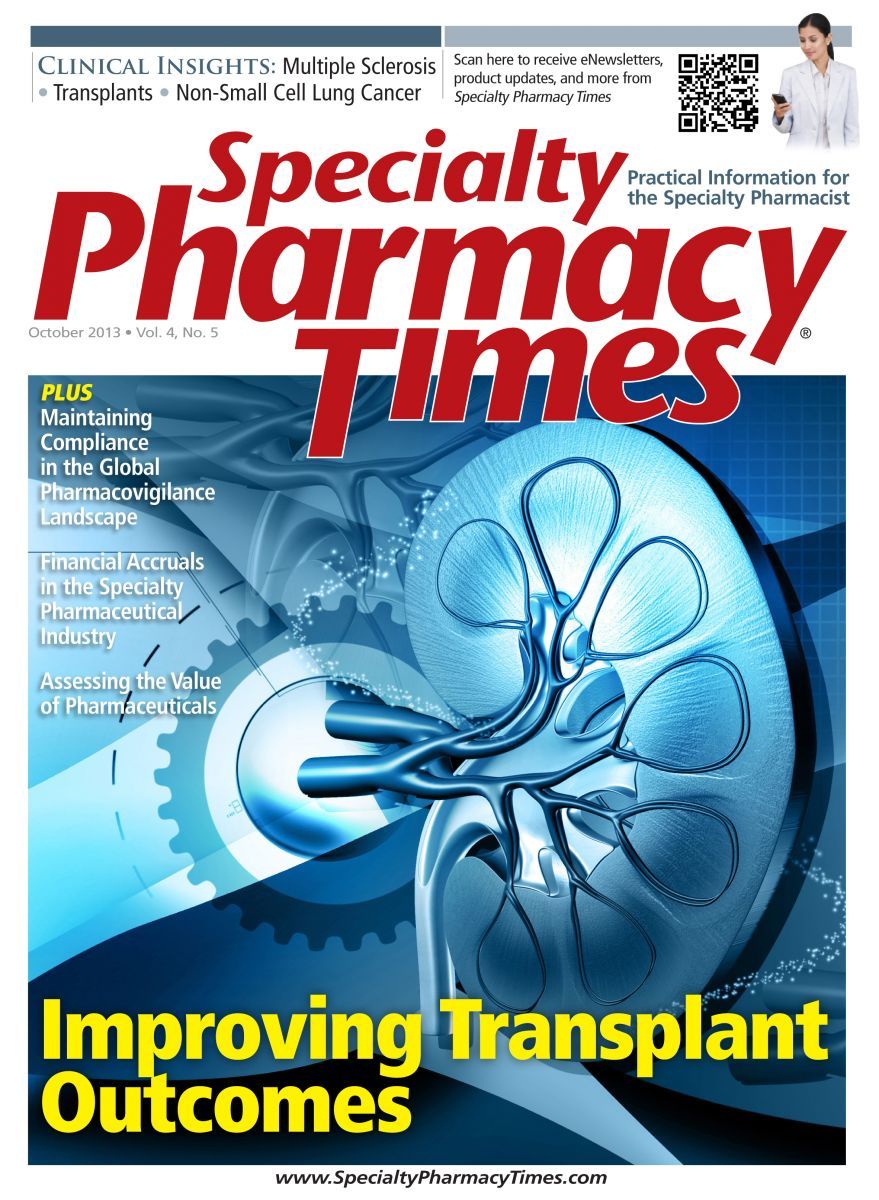Publication
Article
Specialty Pharmacy Times
Specialty Trends to Consider
Distribution models are the key drivers for new participants in the specialty space. Here's a thoughtful discussion on how to grow your business.
Distribution models are the key drivers for new participants in the specialty space. Here’s a thoughtful discussion on how to grow your business.
At Specialty Pharmacy Times, we recently held a roundtable discussion with several specialty pharmacy participants and individuals from various pharmaceutical companies covering a number of topics. The “hot topic,” however, was selecting the right distribution model for and access to those products. With the continued growth in specialty products, this is the key driver for new participants in the specialty pharmacy space. But it takes more than building a pharmacy, getting it licensed, finding staffing, contracting with a wholesaler, and signing on with a few managed care plans—a lot more. Even if you get this part figured out a good number of products have a restricted distribution strategy in place so that your pharmacy may not even have access to the products your patients are seeking from your newly minted specialty pharmacy.
DISTRIBUTION MODELS
Here are the most accepted flavors of the various distribution models:
UNDERSTANDING THE OTHER SIDE: A MANUFACTURER'S PERSPECTIVE
It is important for a specialty pharmacy to understand what keeps the decision makers “up at night” on the pharma side to best tell your story and obtain product access. Product managers are concerned about the loss of control of your product’s brand, the significance of lower patient adherence and retention rates, suboptimal payer coverage, poor data collection and analytics issues, over-reliance on physician/office only for delivery of care for complex products, and lack of consistency and suboptimal physical movement of product. There are certainly more issues—but these are the big ones.
In most cases with specialty pharmaceuticals, the manufacturer holds the cards as to the flow of the product. The more limited the patient population, generally the more restricted the distribution model and the number of pharmacies that may have access to the product. If you are a local or regional pharmacy, gaining access to these decision makers becomes challenging; therefore you may consider joining forces with a practice management group or even a “GPO”-like organization that may bring together pharmacies similar to yours and create a national footprint.
This strategy will give you a larger share of voice and potentially greater share of voice with payers. A couple of pointers—make sure that your network offers a consistent level of professional services and that your data can be easily aggregated and transmitted in a format compatible with industry standards. These 2 points are critical to leveling the playing field.
OPPORTUNITIES IN THE FUTURE
Join up with others! Your current competitor may end up being your best ally in forming a network of providers. As the larger players become larger, experience has shown service levels decrease and corporate bureaucracy has a tendency to get in the way of innovation. When this happens, both the pharma and patient experience suffer. Look for gaps in the market and be there to fill them. Many of the emerging specialty pharmacies have found their niche and are forming collaborative practices with local providers, and doors are opening.
I invite you to review our inaugural Specialty Pharmacy Times Industry Guide included with this issue. We have listed more than 270 organizations from products to services for your easy reference all year long. This is our one-stop guide for all industry stakeholders in the specialty space. Hopefully next year we’ll see your business listed. Thank you! SPT
We welcome your feedback on this topic and on any topics you would like us to cover in future editions of Specialty Pharmacy Times. Please reach out to me at [email protected]. And we also encourage you and your colleagues to subscribe to this unique journal by logging on to www.specialtypharmacytimes.com, downloading our app, and signing up for our e-Newsletter.
About the Author
Dan Steiber, RPh, is a principal of D2 Pharma Consulting LLC (d2rx.com) and is responsible for commercial operations, trade-supply chain strategy development including 3PL selection, regulatory oversight, and “operationalizing” organizations. Dan has served in several senior positions in pharmacy, distribution, and industry over the course of his 40-year career and is a licensed pharmacist in Texas, Washington, California, and Pennsylvania. He is affiliated with several professional associations and publications and a frequent speaker on behalf of many professional organizations. Dan graduated from Washington State University College of Pharmacy. He has participated in a variety of postgraduate programs in law and business development/marketing at Harvard University and Northwestern University. Dan currently resides in Highland Village, Texas.

Newsletter
Stay informed on drug updates, treatment guidelines, and pharmacy practice trends—subscribe to Pharmacy Times for weekly clinical insights.






